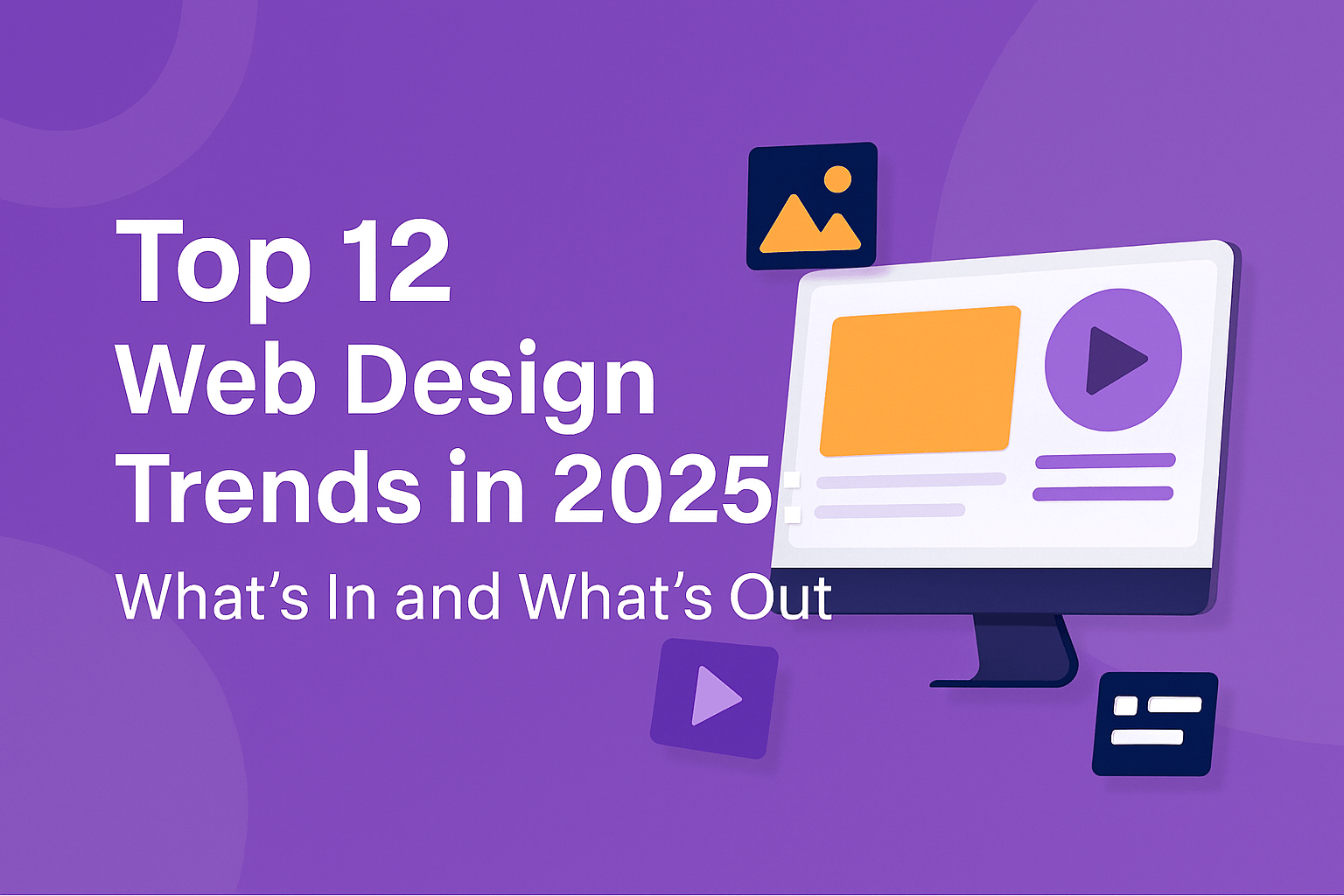Top 12 Web Design Trends in 2025: What’s In and What’s Out

As we move further into 2025, the digital landscape continues to evolve, bringing fresh perspectives and innovations to web design. Staying updated with these trends is crucial for businesses aiming to maintain a modern, user-friendly online presence. In this article, we’ll delve into the top 12 web design trends of 2025, highlighting what’s in and what’s out.
1. AI-Powered Design Tools: Enhancing Creativity
What’s In: AI-driven design tools are revolutionizing the way websites are created. These tools offer smart suggestions, automate repetitive tasks, and assist in generating layouts, allowing designers to focus more on creativity and user experience.
What’s Out: Relying solely on manual design processes without leveraging AI capabilities.
2. Augmented Reality (AR) and Virtual Reality (VR) Integration
What’s In: AR and VR are enhancing user engagement by providing immersive experiences. From virtual product try-ons to interactive 3D models, these technologies are becoming integral to modern web design.
What’s Out: Static, one-dimensional websites lacking interactive elements.
3. Minimalist Design with Bold Typography
What’s In: A minimalist approach combined with bold typography creates a clean, focused user experience. This trend emphasizes simplicity while making a strong visual statement.
What’s Out: Overly complex designs with excessive text and cluttered layouts.
4. Dark Mode: A User-Centric Feature
What’s In: Dark mode has gained popularity for its aesthetic appeal and reduced eye strain. Offering this option caters to user preferences and enhances accessibility.
What’s Out: Neglecting to provide a dark mode option, especially when it’s become a standard feature in many applications.
5. Micro-Interactions: Subtle Yet Impactful
What’s In: Micro-interactions, such as hover effects and animated buttons, add a layer of interactivity that enhances user engagement without overwhelming the interface.
What’s Out: Static pages with no interactive elements, leading to a monotonous user experience.
6. Voice User Interface (VUI): Navigating with Voice
What’s In: VUI is becoming increasingly prevalent, allowing users to navigate websites and perform actions using voice commands. This trend is particularly beneficial for accessibility and hands-free interactions.
What’s Out: Websites that don’t consider voice search optimization, missing out on a growing user base.
7. 3D Elements and Immersive Interfaces
What’s In: Incorporating 3D elements and immersive interfaces, powered by AR and VR, is shaping digital experiences. Users now expect interactive 3D models and spatial navigation, particularly in e-commerce and gaming platforms. Behance
What’s Out: Flat, two-dimensional designs that lack depth and interactivity.
8. Sustainable Web Design: Eco-Friendly Practices
What’s In: Sustainable web design focuses on creating environmentally friendly websites by optimizing energy consumption and reducing digital carbon footprints. This approach aligns with growing environmental consciousness.
What’s Out: Design practices that ignore environmental impact, such as heavy graphics that increase energy usage.
9. Neumorphism: Soft UI Elements
What’s In: Neumorphism, or soft UI, blends skeuomorphism and flat design, creating a soft, extruded plastic look. This trend adds depth and realism to interfaces without overwhelming the user.
What’s Out: Harsh, flat designs that lack depth and tactile feel.
10. Personalized User Experiences
What’s In: Personalization is key in 2025. Websites that adapt content based on user behavior, preferences, and location provide a more tailored and engaging experience.
What’s Out: Generic websites that offer the same experience to all users, regardless of their preferences.
11. Inclusive and Accessible Design
What’s In: Designing with inclusivity in mind ensures that websites are accessible to all users, including those with disabilities. This includes considerations like screen reader compatibility and color contrast.
What’s Out: Ignoring accessibility standards, which can alienate a significant portion of users.
12. Augmented Reality (AR) and Virtual Reality (VR) Integration
What’s In: AR and VR are enhancing user engagement by providing immersive experiences. From virtual product try-ons to interactive 3D models, these technologies are becoming integral to modern web design.
What’s Out: Static, one-dimensional websites lacking interactive elements.
Staying abreast of the latest Web Design Trends 2025 is essential for maintaining a competitive edge in the digital realm. By embracing these 12 trends, businesses can create engaging, user-friendly websites that not only attract visitors but also convert them into loyal customers. Remember, the key to successful Web Design Trends 2025 implementation lies in balancing innovation with user-centric principles.
FAQs
Q1: How can I incorporate AI into my web design process?
A1: Utilize AI-powered design tools to automate repetitive tasks, generate layout suggestions, and enhance user experience through personalized content.
Q2: What are the benefits of offering dark mode on my website?
A2: Dark mode reduces eye strain, saves battery life on OLED screens, and caters to user preferences, enhancing overall user experience.
Q3: How can I make my website more accessible?
A3: Ensure your website complies with accessibility standards by providing text alternatives for images, ensuring keyboard navigability, and maintaining sufficient color contrast.
Q4: What is sustainable web design?
A4: Sustainable web design focuses on creating energy-efficient websites by optimizing code, reducing server load, and minimizing the use of heavy graphics.
Q5: How can I personalize the user experience on my website?
A5: Implement features like personalized content recommendations, location-based services, and user behavior tracking to tailor the website experience to individual users.
